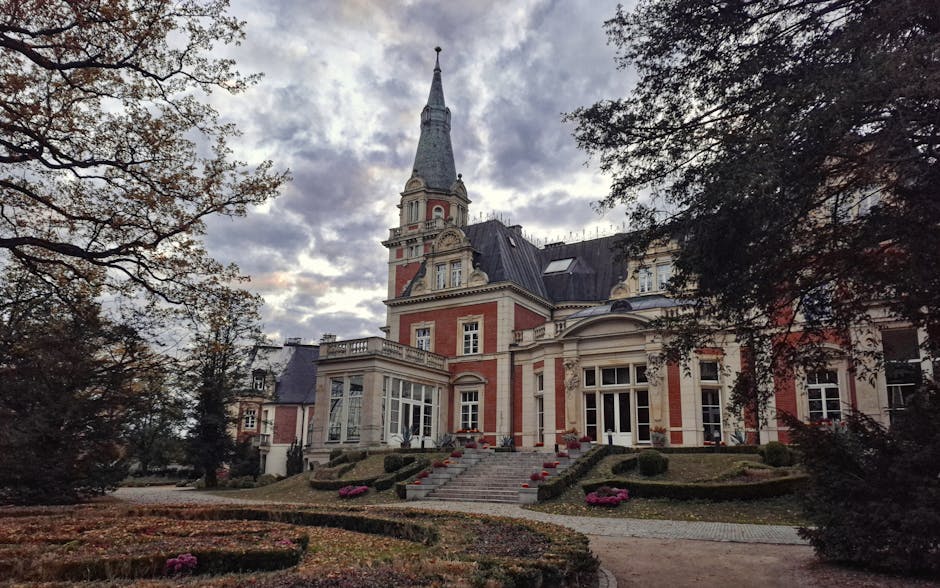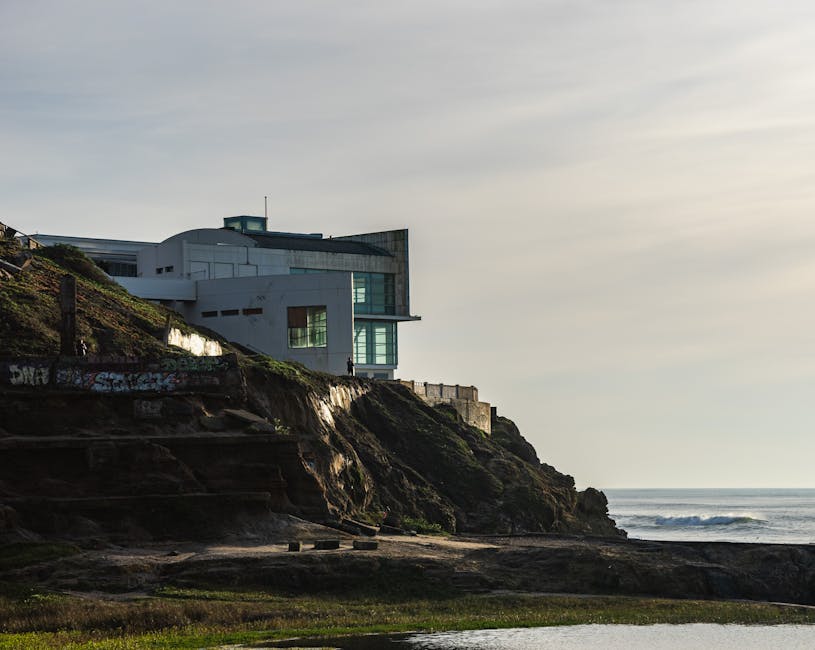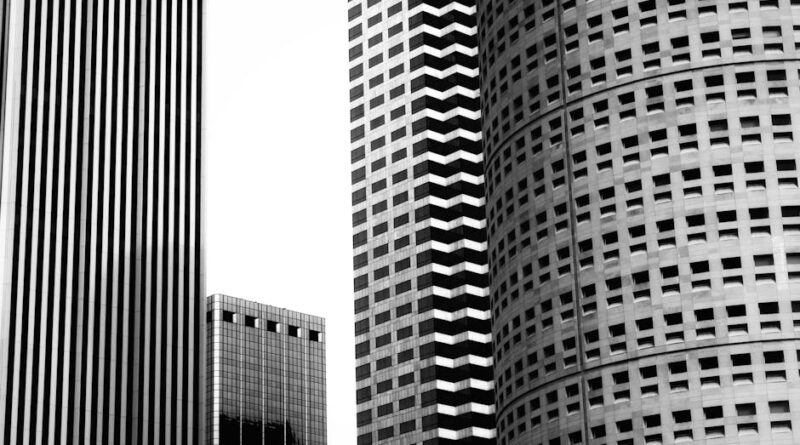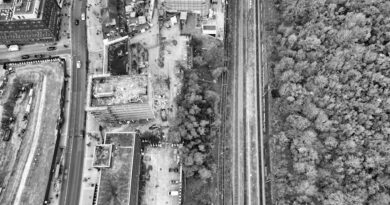The Art of Real Estate Photography
Real estate photography is a crucial element in the world of buying and selling properties. It goes beyond simply capturing images of houses and apartments; it involves creating visual stories that attract potential buyers and evoke emotions. The art of real estate photography can make or break a sale, as it has the power to showcase a property in its best light and highlight its unique features. In this article, we will delve into the intricacies of real estate photography, exploring its importance, techniques, trends, and future outlook.
The Importance of Real Estate Photography

When it comes to marketing a property, images play a significant role in grabbing the attention of potential buyers. According to a study by the National Association of Realtors, 87% of home buyers found photos to be the most useful feature when searching for a home online. High-quality images can make a property stand out in a crowded market, attracting more views and inquiries.
Real estate photography is not just about taking photos; it’s about telling a story. A skilled photographer can capture the essence of a property, showcasing its unique selling points and creating an emotional connection with the viewer. By highlighting the best features of a property through photography, real estate agents can increase the perceived value of the home and generate more interest from potential buyers.
Techniques in Real Estate Photography

Successful real estate photography requires a combination of technical skill and artistic vision. Here are some essential techniques for capturing stunning images of properties:
Lighting
Lighting is one of the most critical aspects of real estate photography. Natural light is preferred for interior shots as it creates a warm and inviting atmosphere. When shooting exteriors, consider the position of the sun to avoid harsh shadows. Additionally, using artificial lighting such as flash or softboxes can help illuminate dark spaces and create a more balanced image.
Composition
Composition is another key element in real estate photography. Pay attention to the framing of your shots, ensuring that the lines are straight and the angles are flattering. Use leading lines to guide the viewer’s eye towards the focal point of the image. Additionally, consider the rule of thirds to create a balanced and visually appealing composition.
Staging
Staging is essential for creating inviting and aspirational images of properties. Remove clutter, personal items, and distractions from the frame to allow the space to shine. Add decorative elements such as plants, cushions, and artwork to enhance the visual appeal of the property. Staging helps potential buyers envision themselves living in the space, making it more desirable.
Trends in Real Estate Photography

Like any other form of photography, real estate photography is subject to trends and innovations. Keeping up with the latest trends can help photographers stay competitive and offer cutting-edge services to their clients. Here are some trends shaping the world of real estate photography:
Drone Photography
Drone photography has revolutionized real estate marketing by providing stunning aerial shots of properties. Drones can capture unique perspectives and showcase the surrounding neighborhood, amenities, and landscape. Aerial shots are particularly effective for highlighting large properties, waterfront homes, and properties with expansive grounds.
Virtual Tours
Virtual tours have become increasingly popular in real estate marketing, allowing potential buyers to explore a property from the comfort of their own homes. Virtual tours provide an immersive experience, giving viewers a sense of the flow and layout of the property. They are especially useful for out-of-town buyers or during times when in-person viewings are limited.
Twilight Photography
Twilight photography involves capturing images of a property at dusk when the ambient light is soft and warm. Twilight shots can create a magical and inviting atmosphere, showcasing the property in a different light. Twilight photography is particularly effective for highlighting outdoor features such as pool areas, gardens, and outdoor lighting.
The Future of Real Estate Photography

As technology continues to evolve, the future of real estate photography looks promising. Innovations such as 3D modeling, virtual reality, and augmented reality are changing the way properties are marketed and viewed. These technologies offer a more immersive and interactive experience for potential buyers, allowing them to explore properties in a more detailed and engaging way.
Artificial intelligence is also playing a significant role in real estate photography, with algorithms being used to enhance and edit images automatically. AI-powered tools can improve image quality, enhance colors, and even remove unwanted objects from photos. These tools help photographers save time and streamline their workflow, allowing them to focus on capturing stunning images.
Common Misconceptions About Real Estate Photography
Despite its importance, real estate photography is often undervalued or misunderstood. Here are some common misconceptions about real estate photography:
Any Camera Will Do
One of the most common misconceptions is that any camera can capture great real estate photos. While smartphones may have advanced camera capabilities, they lack the versatility and image quality of professional cameras. Investing in a high-quality camera and lenses can significantly improve the quality of real estate photos.
Editing Is Unnecessary
Another misconception is that editing is unnecessary in real estate photography. Editing plays a crucial role in enhancing images, correcting colors, and improving overall quality. Professional editing can make a property look more attractive and appealing to potential buyers.
Conclusion
To wrap things up, real estate photography is an art form that requires a combination of technical skill, artistic vision, and creativity. By mastering essential techniques, staying abreast of trends, and embracing new technologies, photographers can create compelling images that attract buyers and elevate the selling process. Whether through drone photography, virtual tours, or twilight shots, real estate photography continues to evolve and shape the way properties are marketed and perceived. As the demand for high-quality images grows, so does the importance of mastering the art of real estate photography.
Remember, a picture is worth a thousand words, especially when it comes to selling a property. Investing in professional real estate photography can make all the difference in attracting buyers, generating interest, and ultimately closing the deal.




